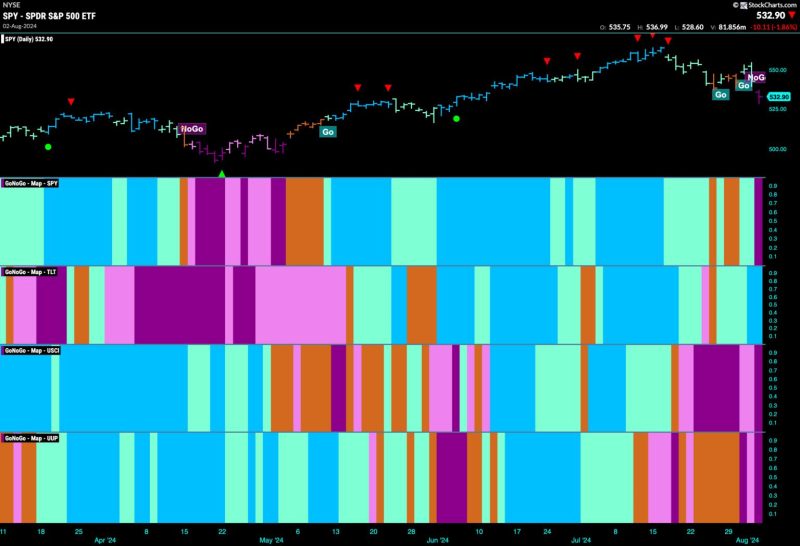In a recent trend analysis of the stock market, it is observed that certain sectors are adopting a defensive stance as the market index shows signs of uncertainty and volatility. The decision to shift investments towards defensive stocks reflects a cautious approach by investors amid prevailing market conditions.
One of the primary reasons for this defensive strategy is the growing concerns surrounding the global economy. With geopolitical tensions, trade disputes, and economic slowdowns posing risks to financial markets, investors are seeking refuge in more stable and defensive sectors. Defensive stocks tend to be less sensitive to economic cycles and provide a level of stability that can cushion portfolios during turbulent times.
Investors are also closely monitoring the ongoing trade negotiations between major economies, such as the US and China. The uncertainty surrounding these discussions has created a sense of unease in the market, prompting investors to reevaluate their investment strategies. Defensive stocks, which often include companies in sectors like utilities, consumer staples, and healthcare, are perceived as relatively safe havens during periods of market volatility.
Furthermore, the recent inversion of the yield curve has added to investor apprehensions. Historically, an inverted yield curve has been viewed as a precursor to an economic recession, signaling potential downturns in the stock market. As a result, investors are turning to defensive stocks as a shield against the anticipated market corrections that may follow.
Moreover, the Federal Reserve’s monetary policy decisions play a crucial role in shaping investor sentiment. The central bank’s actions, including interest rate adjustments and quantitative easing measures, can impact different sectors of the market differently. Defensive stocks tend to be less affected by interest rate changes and can offer a sense of stability amid fluctuating monetary policies.
In conclusion, the recent shift towards defensive stocks reflects investors’ prudent approach to safeguarding their portfolios in the face of uncertainty and market volatility. By strategically reallocating investments to sectors that are less susceptible to economic downturns and external shocks, investors aim to navigate through turbulent times with greater resilience. As the market index enters a challenging phase, a defensive stance may prove to be a wise strategy for weathering potential storms in the ever-evolving landscape of the stock market.
